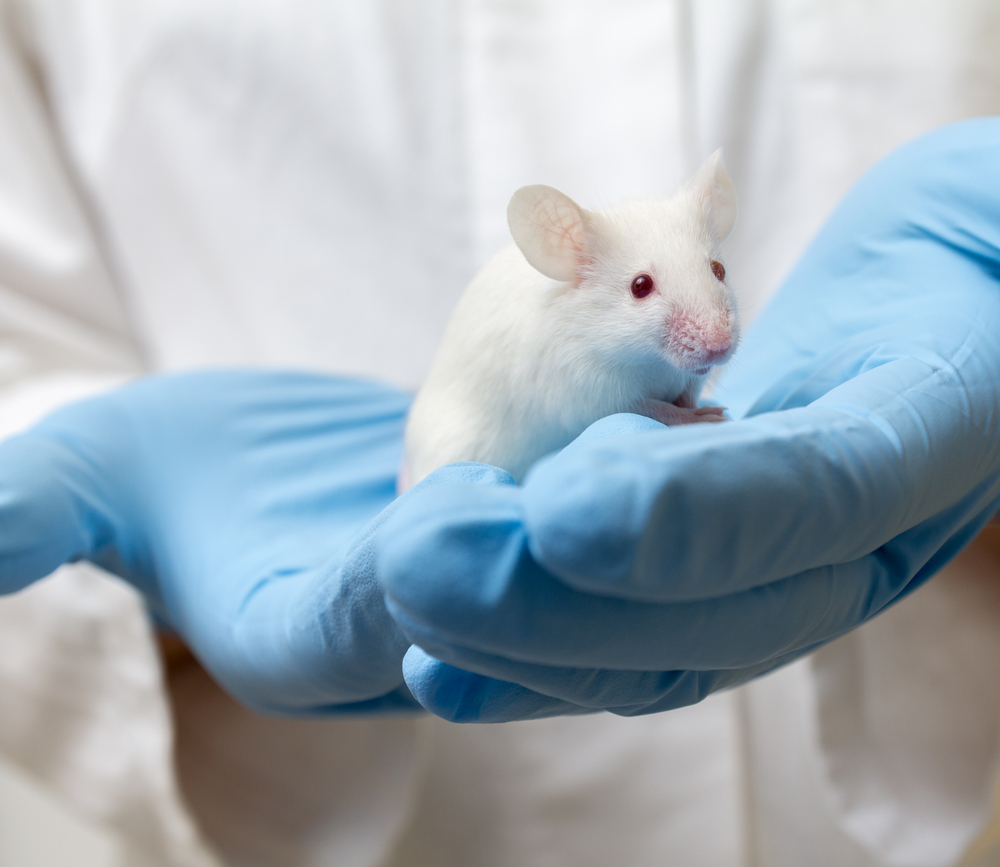More MOR1 May Contribute to Psychiatric, Motor Symptoms
Written by |

Higher-than-normal levels of mu-opioid receptor 1 (MOR1) in the striatum — a brain region particularly affected in Huntington’s disease — may contribute to both early psychiatric symptoms and late motor difficulties seen in Huntington’s patients, according to a study in a mouse model of the disease.
The data also highlighted that MOR1 dysregulation may be one of the first markers of this neurodegenerative disease, which may help identify new potential therapeutic targets and approaches.
The study, “Spatiotemporal Up-Regulation of Mu Opioid Receptor 1 in Striatum of Mouse Model of Huntington’s Disease Differentially Affecting Caudal and Striosomal Regions,” was published in the journal Frontiers in Neuroanatomy.
Huntington’s disease is characterized by the degeneration of certain brain regions, particularly the cortex — the outer layer of the brain that controls thought, behavior, and memory — and the striatum, which is involved in motor function, motivation, and reward processes.
Certain striosomes — striatal compartments identified by the presence of specific “identity” proteins — are connected to behavior-associated cortical regions.
As such, researchers have hypothesized that striosome dysfunction may contribute to the development of psychiatric symptoms in Huntington’s, which “can predate the overt motor abnormalities … by many years,” Ann Graybiel, PhD, the study’s senior author, said in a press release.
Graybiel is a principal investigator at the McGovern Institute for Brain Research of the Massachusetts Institute of Technology (MIT) and a professor at the same institution.
In agreement, striosomes’ damage and death have been observed years before symptom onset, along with a gradual drop in the levels of their “identity” proteins.
Now, Graybiel’s team has found that, contrary to the levels of other striosome “identity” proteins, those of MOR1 are increased with advancing age and disease progression in a Huntington’s mouse model.
“This is one of the most striking [protein] changes that I have ever seen in the literature of Huntington’s disease model animals,” said Ryoma Morigaki, MD, the study’s first author.
A protein receptor found on the surface of striosomes, MOR1 binds to opioids naturally produced by the body (such as a small molecule called enkephalin) or to those taken for pain relief, such as morphine.
This rise in MOR1 levels was first detected when the mice were 3 months old, before aggregation of the toxic version of the huntingtin protein, which causes Huntington’s disease, in the striatum.
This suggested that an increase in MOR1 levels “is one of the early signs so far identified” in Huntington’s disease, the researchers wrote.
Since enkephalin is typically produced by the same striatal neurons that degenerate in the earliest stages of Huntingon’s, the team hypothesized that MOR1 levels may be increased in the striatum to compensate for the loss of enkephalin-producing striatal neurons.
However, due to their early nature, MOR1 changes “might not be, at least initially, solely compensatory,” the researchers wrote.
Interestingly, the version of the MOR1 protein found in the striatum is thought to be more important for reward processes than for pain perception, suggesting that it may play a role in a key striatal function.
In addition, within the striatum, MOR1-positive neurons are known to directly communicate with neurons that produce dopamine — a major chemical messenger in the brain that is dysregulated in both Huntington’s and Parkinson’s disease, leading to motor difficulties.
Therefore, this increase in MOR1 levels in the striatum may contribute to both early psychiatric symptoms and late, dopamine-related motor problems, the researchers noted.
“The finding that this receptor for opioids becomes so elevated in mood-related sites of the striatum, at least in a mouse model of the disorder, may give a hint to the underlying circuit dysfunction leading to [psychiatric] problems,” Graybiel said.
Further research is needed to clarify this potential association between MOR1 levels and psychiatric symptoms and whether some behavioral deficits may be used as biomarkers of disease progression, the team noted.
“If there is a relationship between the MOR1 changes and behavioral signs progressively emerging, then manipulation of the opioid system might selectively decrease symptoms or even slow the process of neurodegeneration in the [striatum],” the researchers wrote.
The study’s findings also may help better understand the underlying mechanisms of dopamine fluctuations in Huntington’s and develop more specific treatments.





